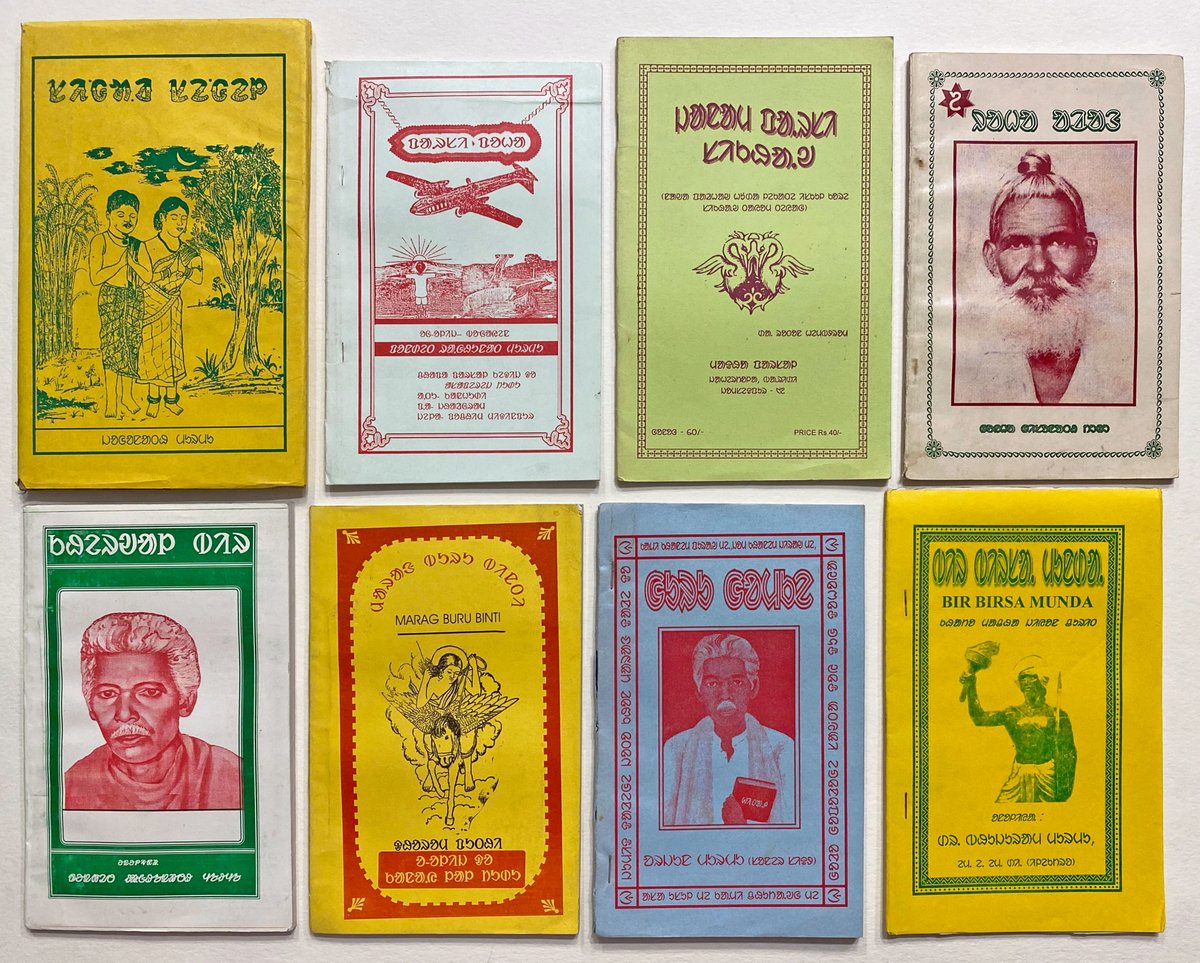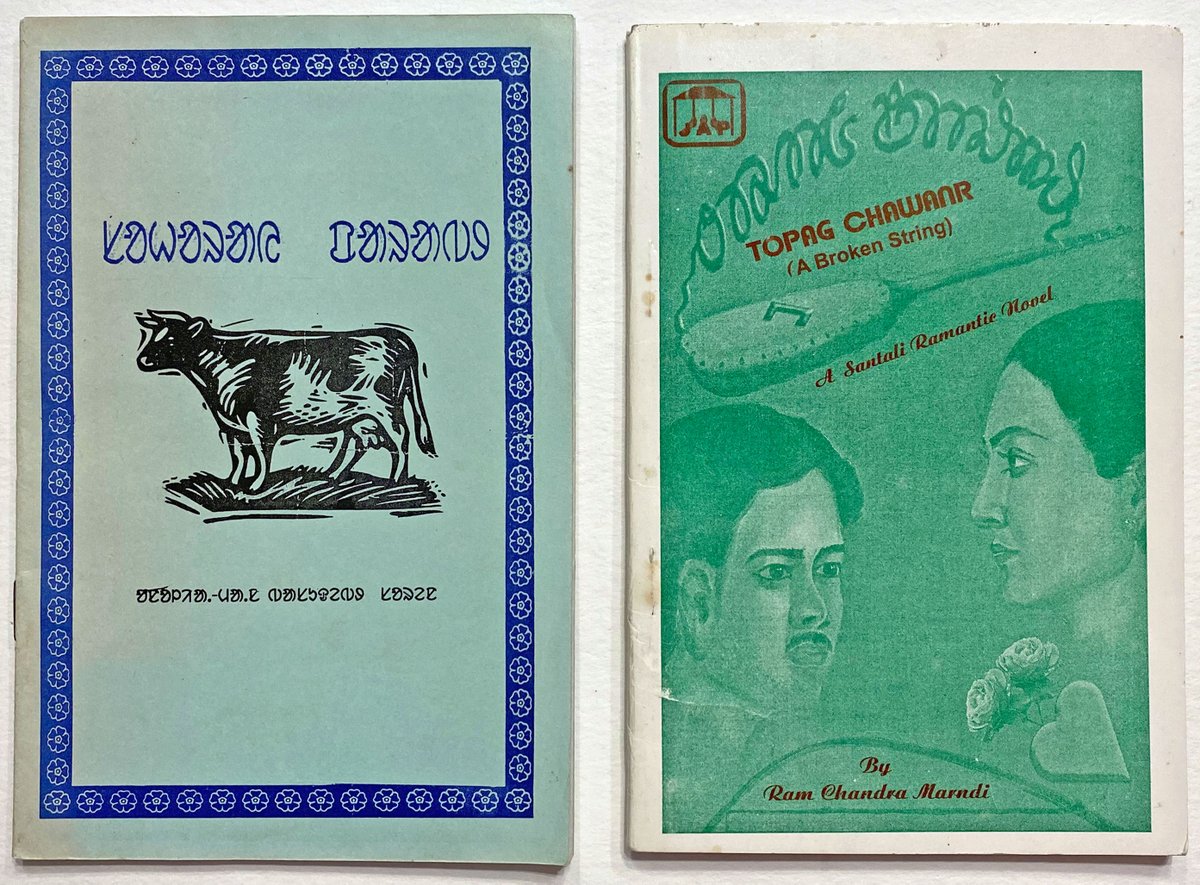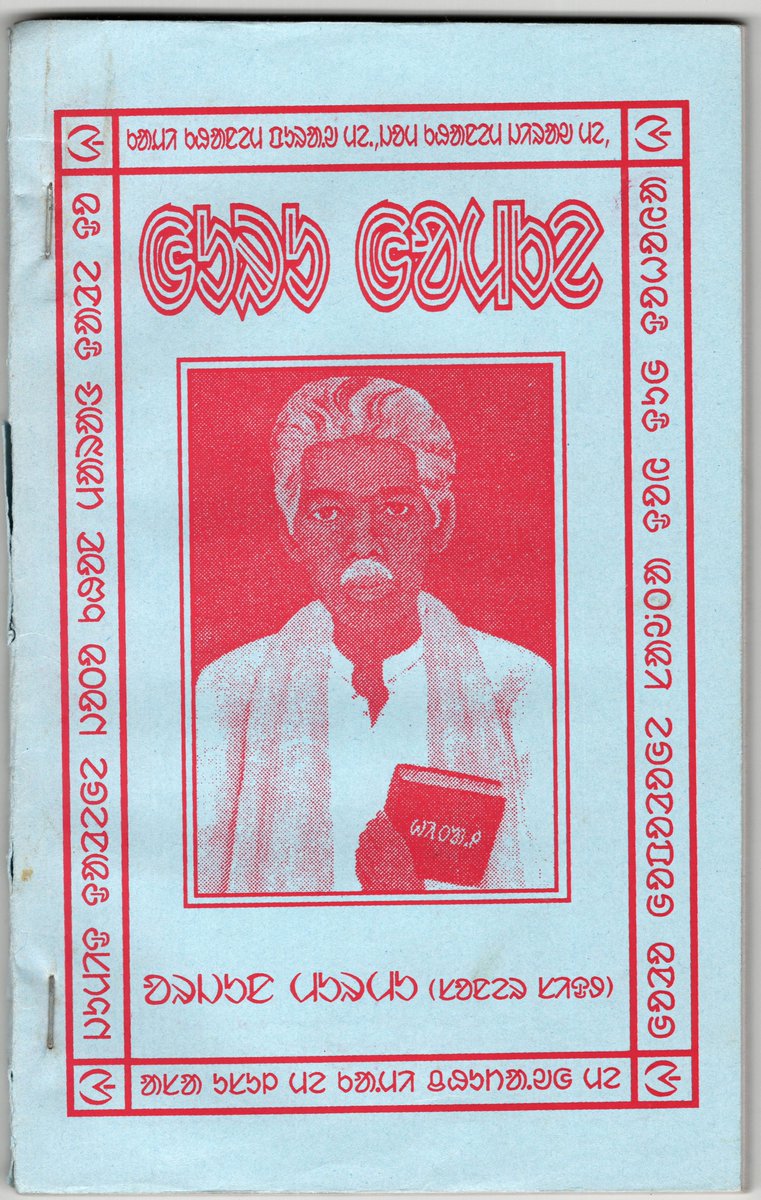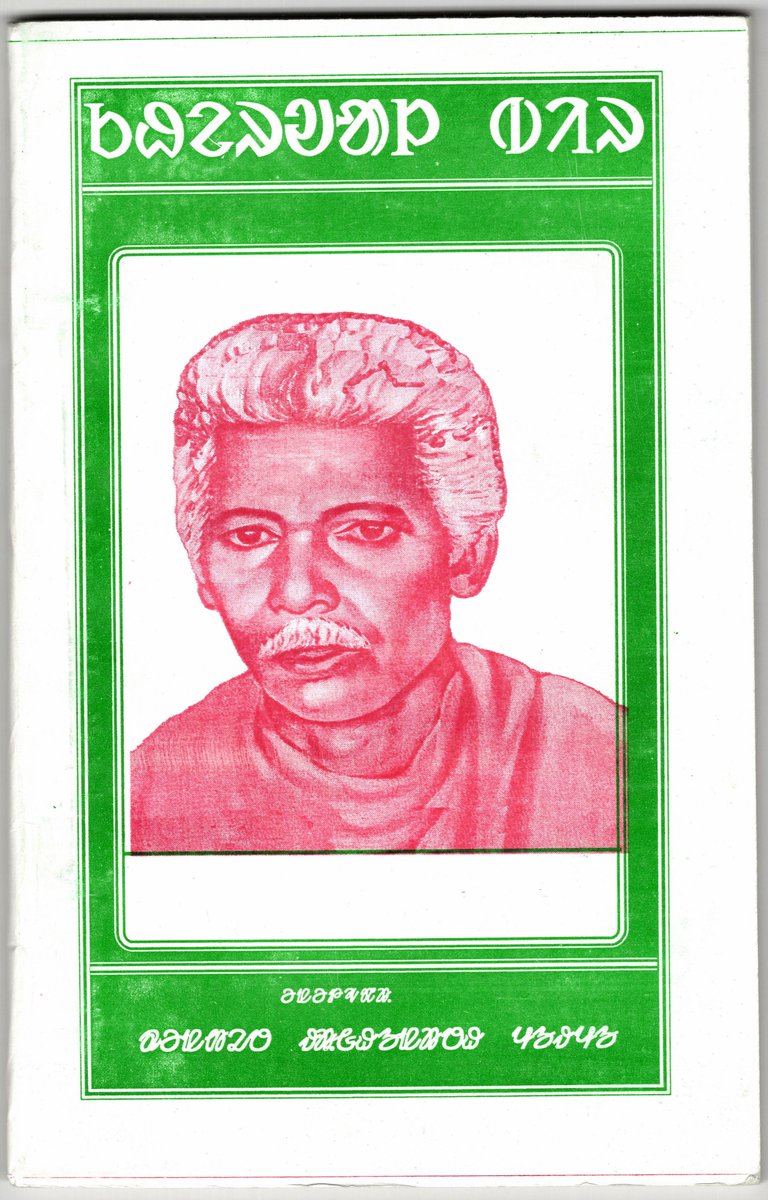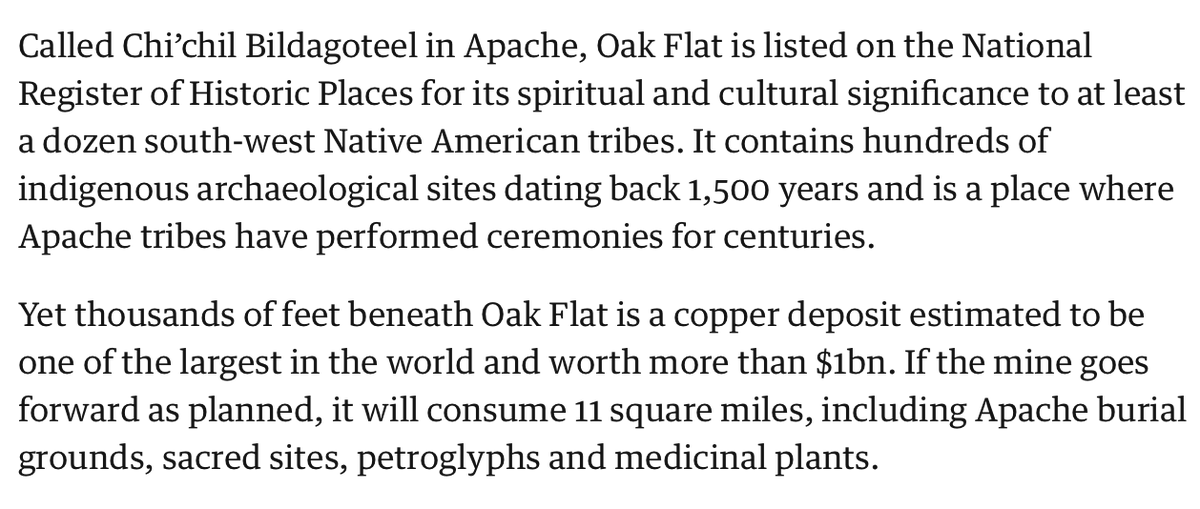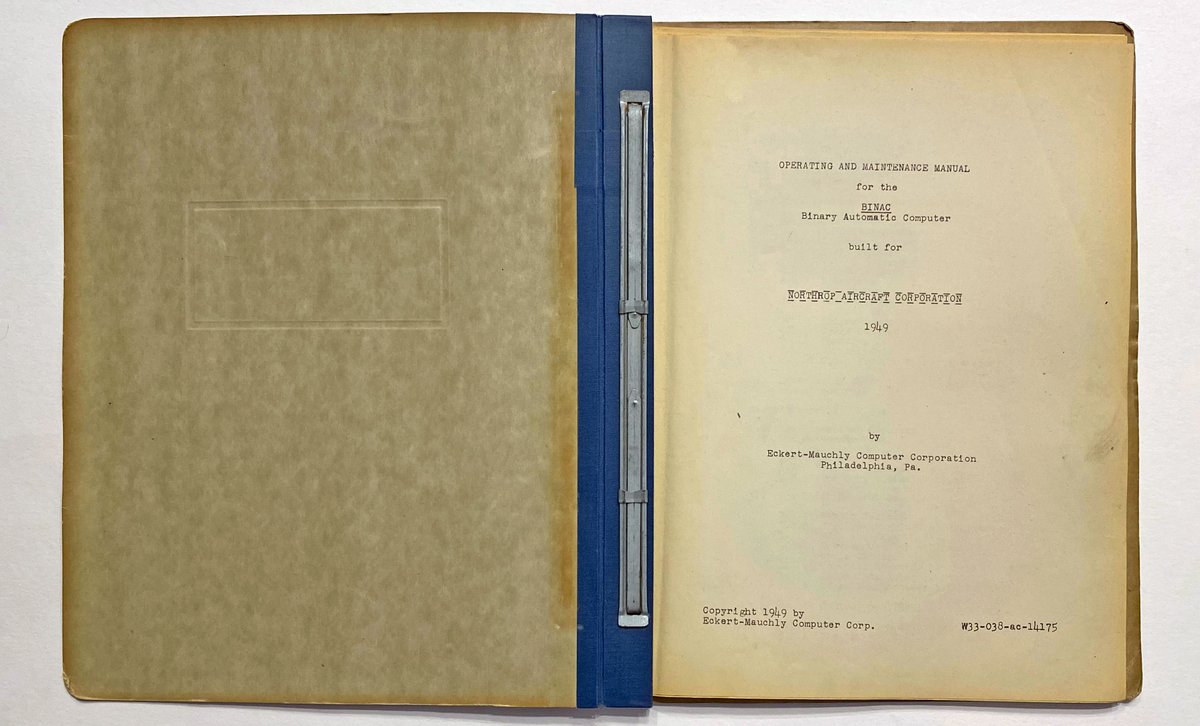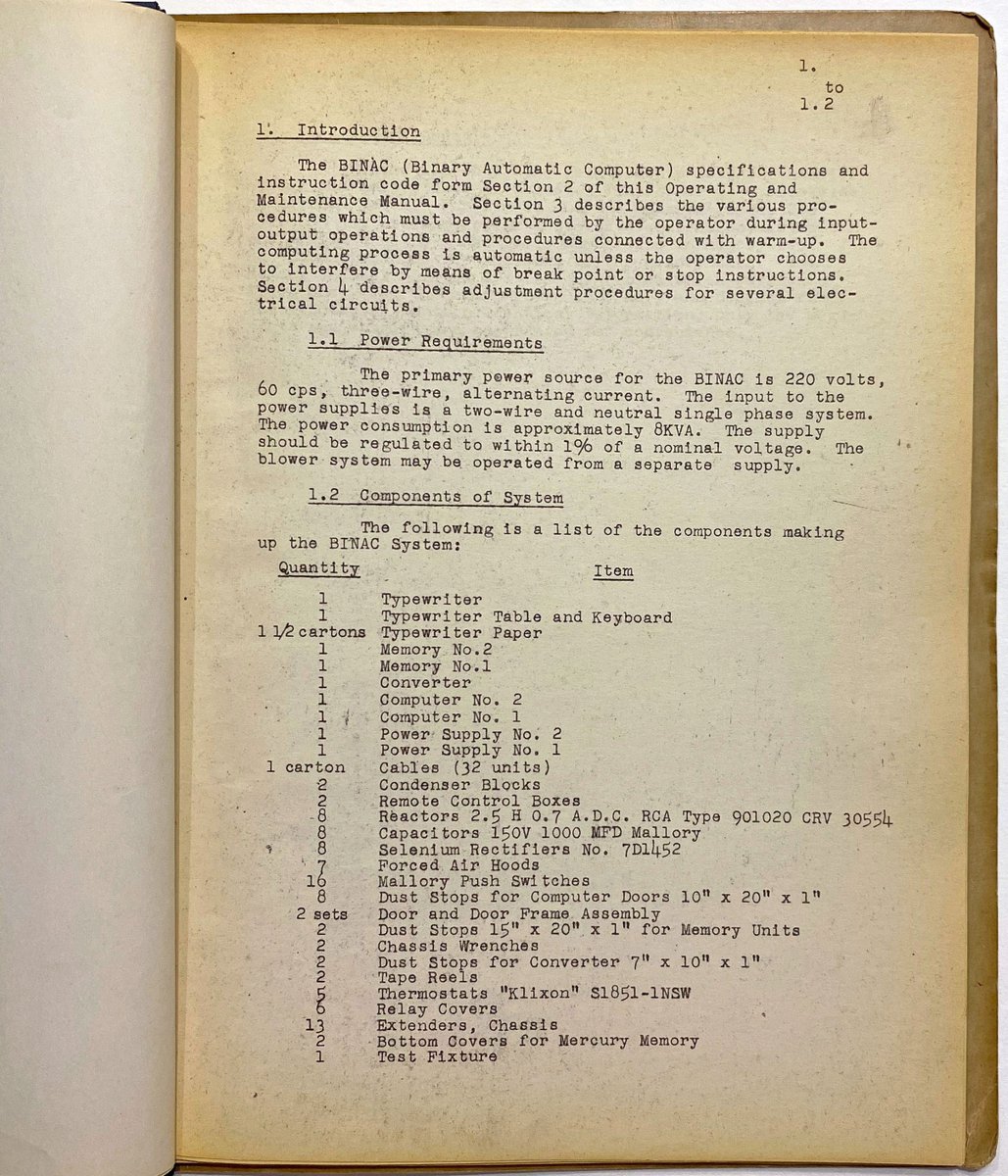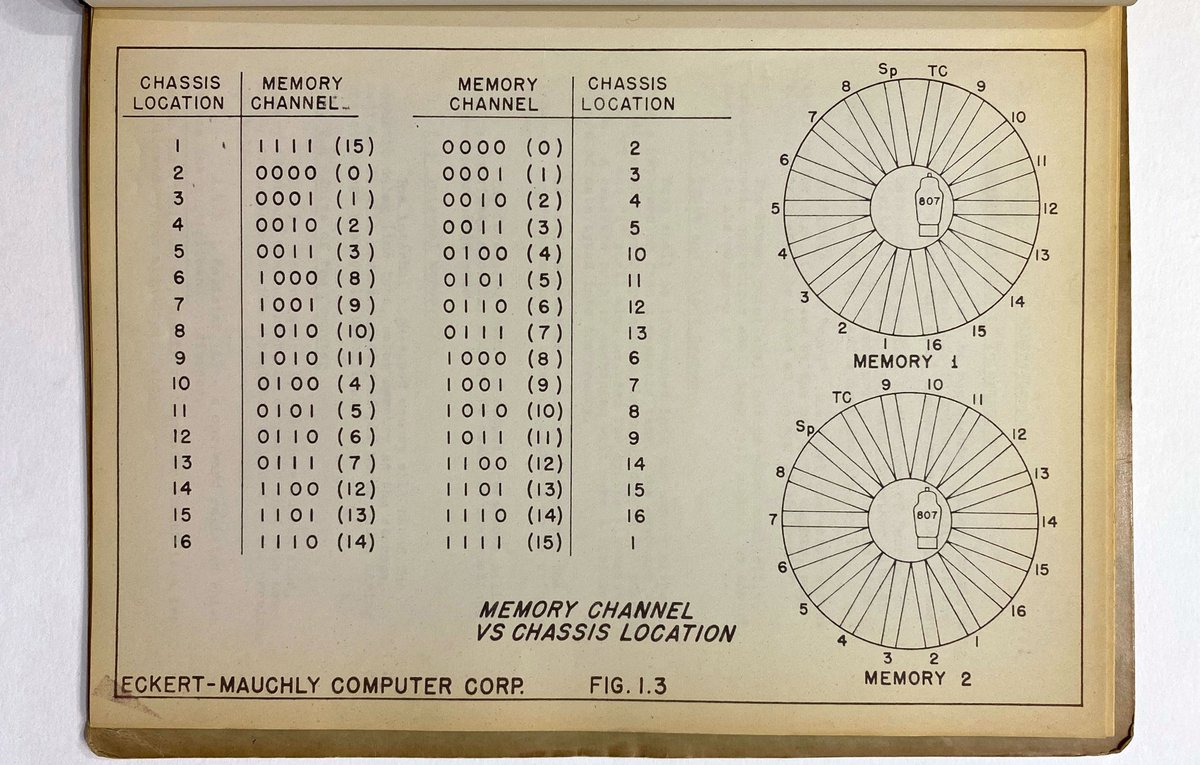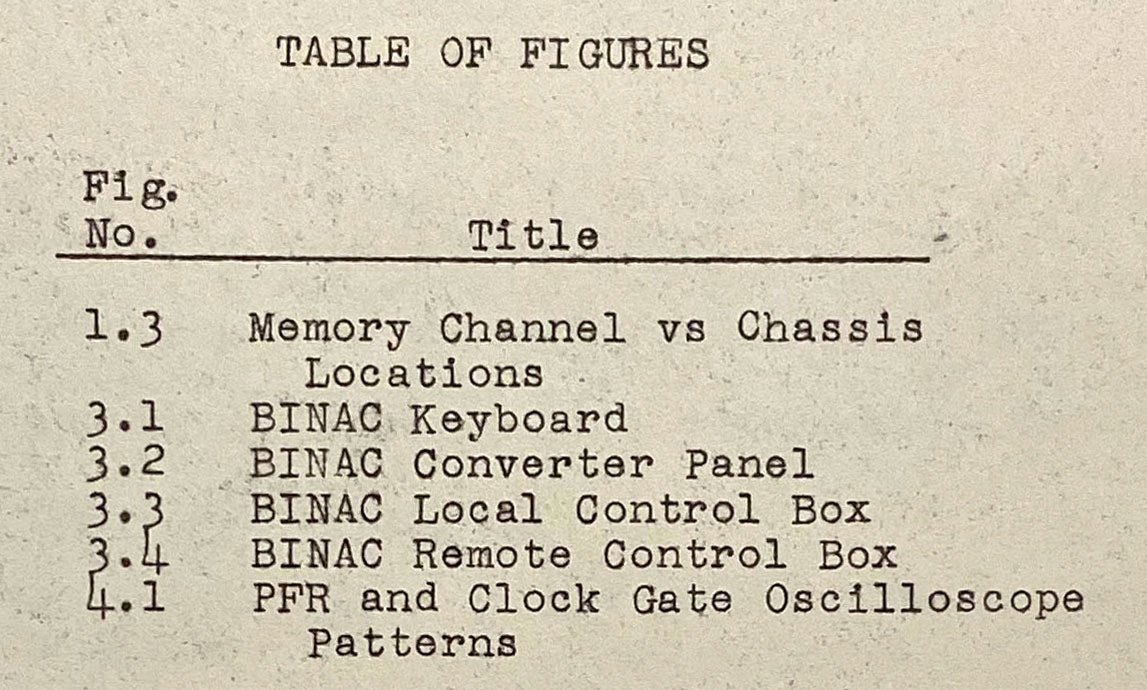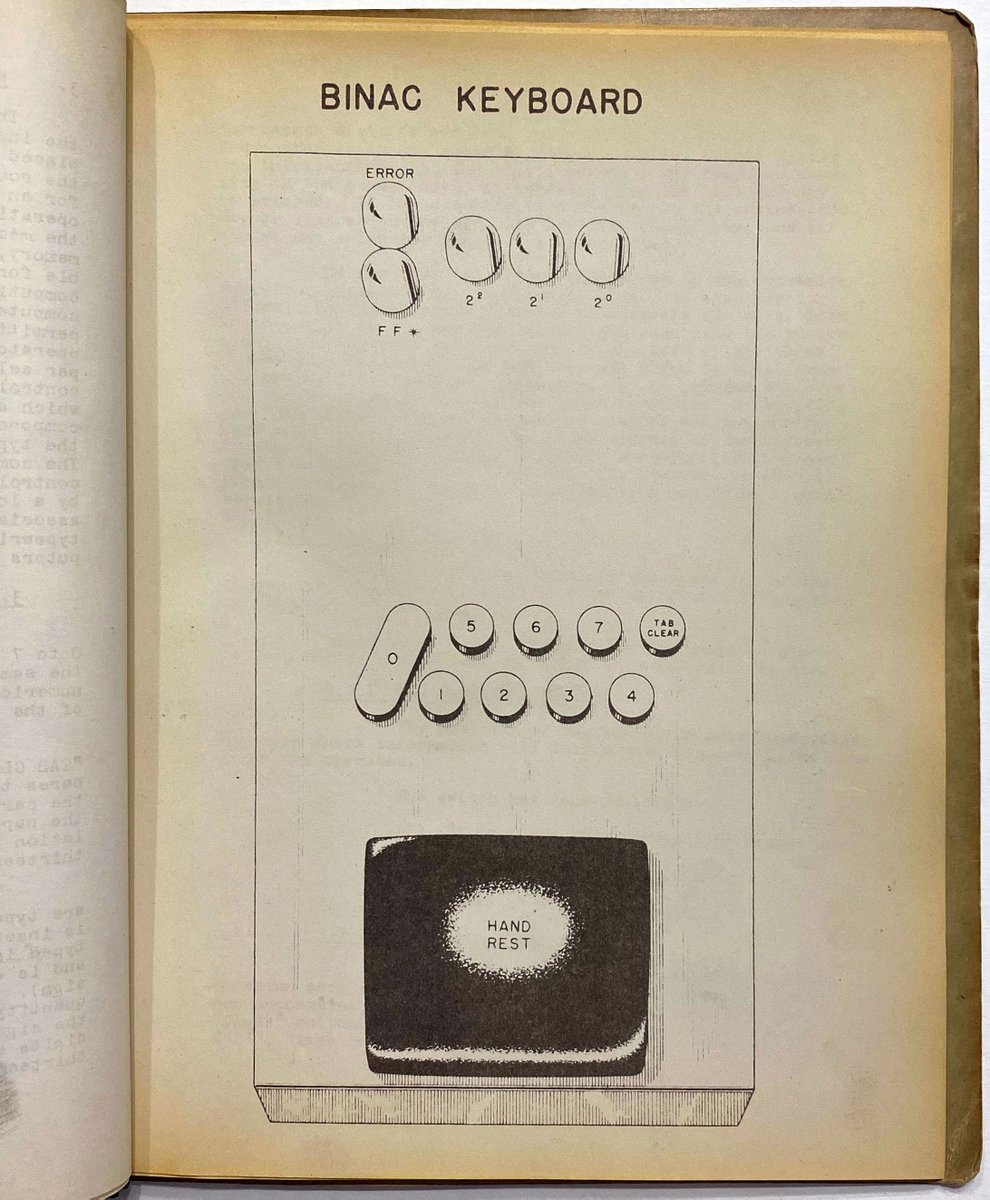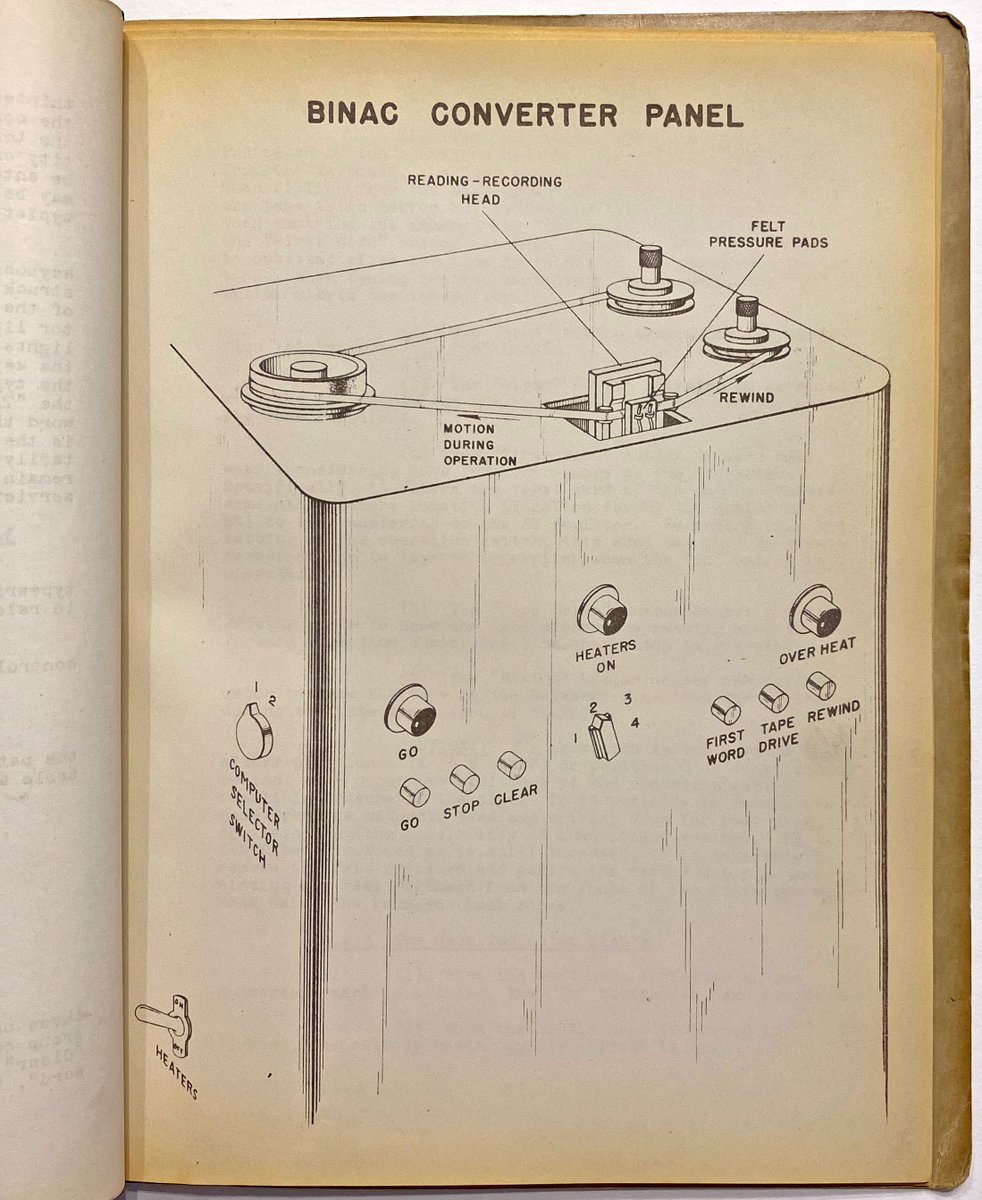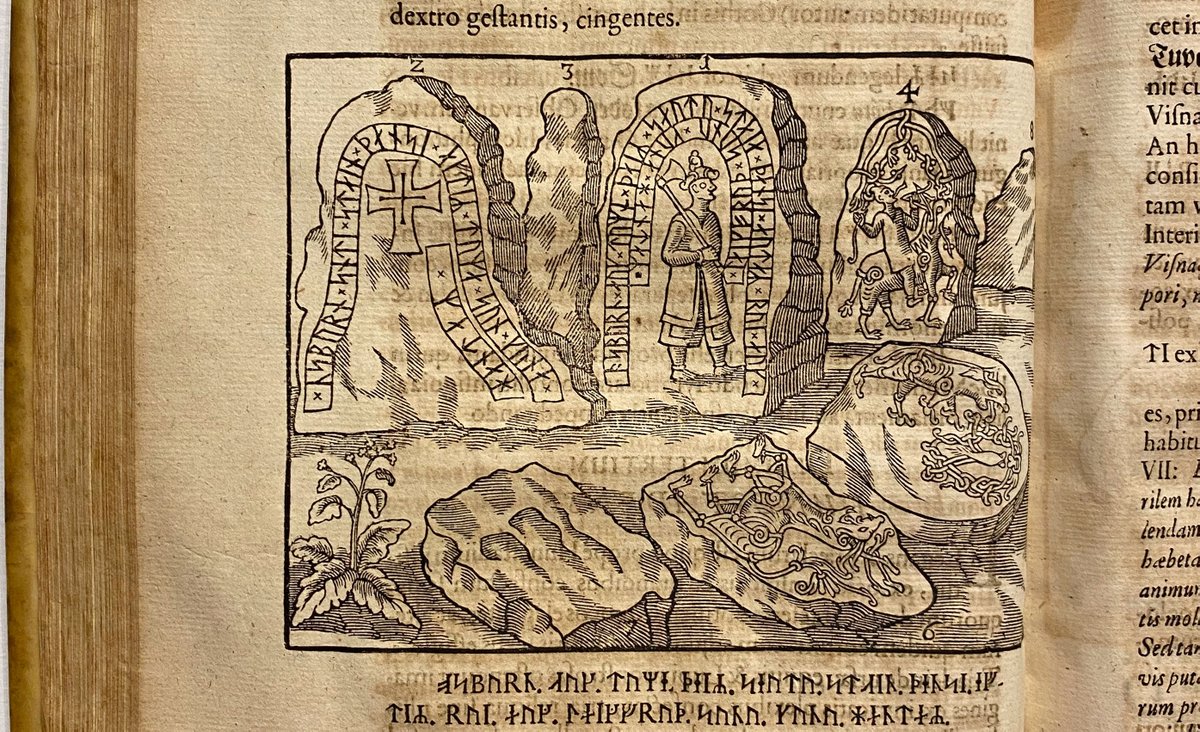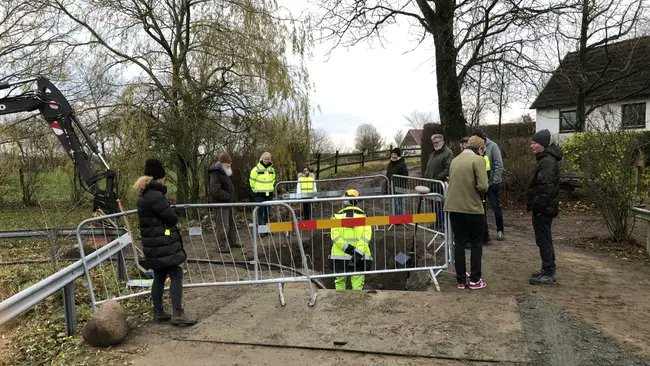
Schwyzerdütsch is the most successful dialect family in Europe, used universally across all social strata of German-speaking Switzerland. Bärndütsch, the variety spoken on the Swiss plateau around Bern, has seen increased publishing activity recently - here are some examples. 1/6 

The variety of texts available in dialect can be surprising: late last year. the Lokwort publishing house released this elegant edition of "vo wäge DO", Balts Nill's translation of the 6th century Chinese Tao Te Ching into Bärndütsch. 2/6 



Published in May 1990, "Ds Alte Teschtamänt Bärndütsch: En Uswahl" is a substantial part of the Old Testament, translated into the Bernese dialect by Hans and Ruth Bietenhard and Benedikt Bietenhard. 3/6 





That perennial favorite, St-Exupéry's Le Petit Prince, has been beautifully translated into Bärndütsch by Lorenz Pauli, and published in their usual elegant style by Lokwort. 4/6 





Perhaps the most "extreme" form of Schwyzerdütsch (in the sense of being hardest for a regular German speaker to understand) is Wallisertiitsch, a Highest Alemannic dialect group spoken in the Upper Valais & Walser and some adjacent Alpine areas. 5/6
Overwhelmingly a spoken language only, there are nonetheless a few books published in Wallisertiitsch: here is Hubert Theler's "Där Psalter uf Wallisertiitsch" - the Psalms, translated into Walser German. 6/6 





• • •
Missing some Tweet in this thread? You can try to
force a refresh

